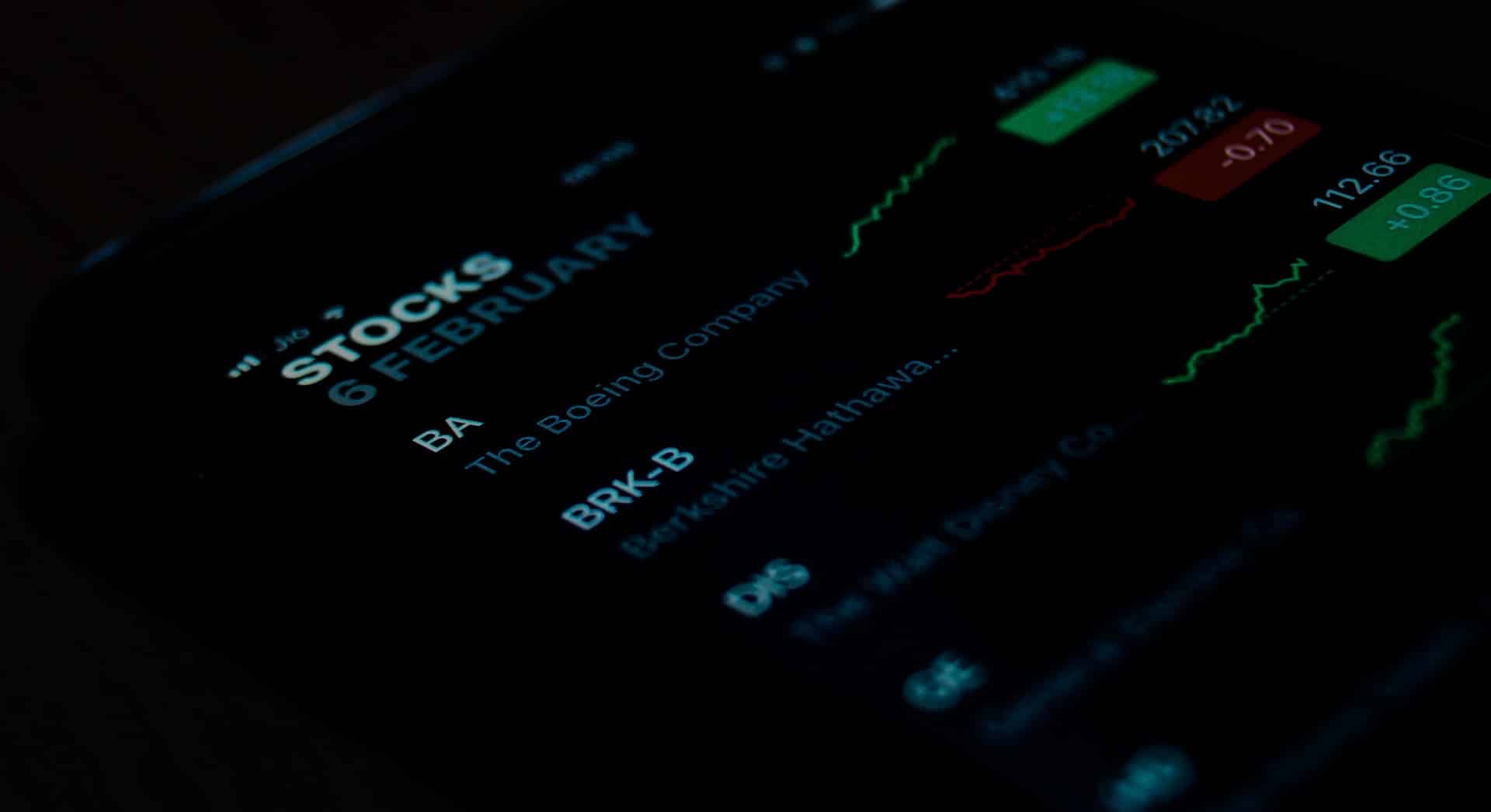If all you had to gain from trading online was profit, everybody would risk all they have to increase their capital. However, every investment on the stock market is also a possible loss. Sometimes it’s bad decisions, other times it’s completely unpredictable real-life events; if your speculations are wrong, and you risked too much money, trading can leave you ruined.
But still, there are countless traders out there who risk their money for profit. Is it worth it, how can we limit losses, and how does trading online add additional risks?
IMAGE: UNSPLASH
The Risks Of Trading
Some people compare trading to gambling. If you look at the definition for gambling, it becomes clear why. We call it gambling when a person bets something of worth on the outcome of an unforeseeable event, in hopes of gaining something of higher worth in return, but risking losing it all if they chose wrong.
While there are some people who challenge their luck and bet on events that are completely out of their control, like a coin toss, others would not risk their money on a random outcome. That’s where trading differs from gambling in the eyes of many traders.
You might not be able to control the outcome entirely, but you can use the right background knowledge and strategies to influence how likely you are to profit. When you learn to read and analyze the market and keep an eye on real-life events, you can make safer bets and predict outcomes more reliably.
However, if you invest in the stocks of an airline, for example, and one of their planes happens to crash, your asset’s worth will decline rapidly. These kinds of events can throw a wrench in even the most sound of predictions. That’s why there is always a risk to trading.
Often, the risk rises equal to the potential reward we stand to gain. Volatile markets, for example, where assets climb and fall in value frequently and heavily, you can multiply the initial investment sum in no time, when you are on the right side of the equation. However, the same is true the other way around.
Additionally, there are some trading strategies and financial instruments, like binary options, that allow you to use methods to increase your potential revenue. Here, when using leverage, you invest a small amount of the total trade value but can profit from the outcome as if you had invested the entire sum yourself. If the investment fails, however, you also lose an amount that is based on the trade volume and not the smaller sum you risked.
Overall, when trading, we can conclude that the higher the potential reward, the higher the risk to lose it all and more. But for the lucky few that make good predictions, these high-risk bets can pay off.
Special Risks When Trading Online
The risks when trading online are the same as trading offline. However, there are some additional risks we must factor in when we are using trading platforms on the internet:
- Accessibility – Giving regular people access to the stock market can lead to traders who lack the appropriate background knowledge in order to make good decisions.
- Gamification – All we must do to invest is pick up our phone. This can make investments seem less impactful than they should be. A user could start seeing their speculations as a kind of game and underestimate the amount of money they could lose this way.
- Providers – When we are using online providers, they could scam us. The anonymity of the internet makes it easier for criminals to fake trustworthy services.
Risk Management For Trading Online
When we want to trade online, we need to take risk management especially serious. The most important factors are our capital and the risk/reward ratio of our investments.
What Is The Risk/Reward Ratio?
The risk/reward ratio describes the prospective reward an investor can earn for every dollar they invest. This factor gets compared to the expected returns and the amount of risk you carry to earn this profit. Essential numbers to include in these calculations are the trade entry point and the stop-loss or take/profit order.
Example Of Risk Management
If you buy 10 shares of a company at $15 each, you can place a stop-order at $10. Now, the app will automatically sell the shares when their individual value reaches $10 to prevent losses larger than $50.
This means for every share you own you accept a risk of losing $5. If you predict the stock will rise in value instead, this might be worth it. Assuming the share reaches a value of $50 when you decide to sell them, your profit per share would be $35. The risk reward ratio would be $5/$35 or 1:7.
The lower we set the value the share must reach before the broker sells it, the less profitable this ratio becomes. When we sell the shares at $5, we have risked $10 per share and end up with a ratio of 1:3.5.
Naturally, a trade with a 1:3.5 risk/reward ratio is less promising than the 1:7 ratio. By setting your stop-loss or take-win orders, you can control how high this ratio is. To reach a good set of numbers, look at your total capital. Financial experts advise to never use more than 1 % of your total capital on trading. Now you can calculate how high the amount of money you can afford to lose without risking this entire trading deposit is, and adjust your stop-losses accordingly.
Conclusion
Trading online is risky. To avoid losses, you can take several steps. One is acquiring the right background information. Another is finding a trustworthy broker. Afterwards, you need to set yourself limits based on your capital and how much you can afford to lose. Simple calculations, like the risk/reward ratio, help you decide when it’s best to close a position once the assets value is declining, to reduce the potential losses.
IMAGE: UNSPLASH
If you are interested in even more business-related articles and information from us here at Bit Rebels, then we have a lot to choose from.


COMMENTS